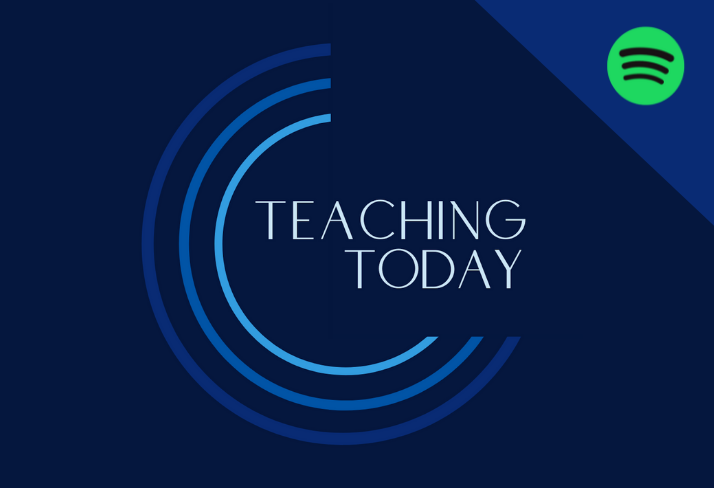|
A three-step process for unpacking and implementing a pre-packaged curriculum.
A well-developed and effective curriculum is the cornerstone of an excellent education. Many schools go to great lengths to ensure that they can identify a highly-rated curriculum on behalf of their students. This often means spending a great deal of money to purchase a complete, professionally-designed curriculum which may include textbooks, web-based resources, unit plans, scripted lesson plans, and student-facing resources.
But there’s a big difference between having the curriculum and teaching the curriculum. It isn’t as simple as reading aloud from the Teacher’s Guide. Unpacking a pre-packaged curriculum takes focused and continuous effort on the part of teachers and their whole school community. When we work with schools who are implementing a new curriculum, we advise using a three-step process: adopt, adapt, apply.
Adopt
The curriculum is the driving force behind the teaching and learning within a course. Whether a school is moving from one curriculum to another, or moving from teacher-designed to a pre-packaged curriculum, there’s a lot of work that goes into adopting something new. We encourage school leaders and teachers to unpack the curriculum materials by focusing on three main pieces — structure, key components, and tensions — and making connections to current instructional practices, student culture, and school climate.
Adapt
Even the very, very best curriculum cannot be used straight out of the box. For a curriculum to be highly effective, it must be adapted to meet the needs of students, the style and personality of the teacher, and the mission and vision of the school community. After taking time to understand the curriculum’s structure, key components, and tensions, we’re ready to begin making adaptations.
Apply
After adopting the curriculum by unpacking its components, and adapting the curriculum to meet the needs of the community, educators will feel more confident to begin implementing the curriculum.
Curriculum design is an intensive and demanding process. Schools and districts can save teachers time by investing in high-quality curricula that allows teachers to focus on implementing instruction rather than on curriculum design. But in the process, we must remember that it isn’t as simple as pulling it out of the box and reading aloud from the book on the day of the lesson. School leaders will want to create space and time for teachers to analyze the adopted curriculum, make adaptations necessary to meet students’ needs, and apply it in their classes after critical reflection and opportunities for revision. Following through with these practices will ensure that the curriculum is being implemented with fidelity, integrity, and authenticity.
|
|
The Center for Professional Education of Teachers (CPET) at Teachers College, Columbia University is committed to making excellent and equitable education accessible worldwide. CPET unites theory and practice to promote transformational change. We design innovative projects, cultivate sustainable partnerships, and conduct research through direct and online services to youth and educators. Grounded in adult learning theories, our six core principles structure our customized approach and expand the capacities of educators around the world.
|
ABOUT US
525 West 120th Street, Box 182 New York, NY 10027 416 Zankel Ph: (212) 678-3161 [email protected] Our Team Career Opportunities |
RESOURCES
Professional Articles Ready-to-Use Resources Teaching Today Podcast Upcoming PD Opportunities |
COACHING SERVICES
Custom Coaching Global Learning Alliance Literacy Unbound New Teacher Network Student Press Initiative |

























